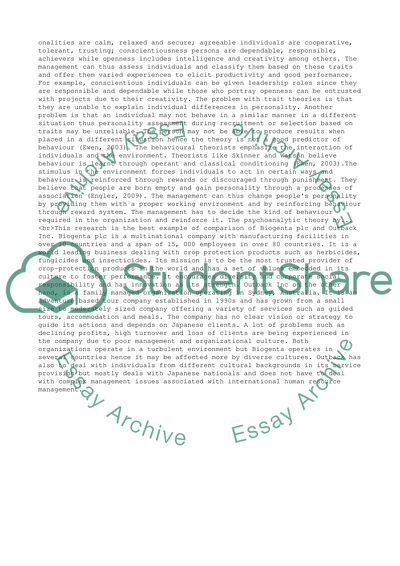Cite this document
(“Biogenta plc and Outback Inc Essay Example | Topics and Well Written Essays - 3250 words”, n.d.)
Retrieved from https://studentshare.org/management/1396594-biogenta-plc-and-outback-inc
Retrieved from https://studentshare.org/management/1396594-biogenta-plc-and-outback-inc
(Biogenta Plc and Outback Inc Essay Example | Topics and Well Written Essays - 3250 Words)
https://studentshare.org/management/1396594-biogenta-plc-and-outback-inc.
https://studentshare.org/management/1396594-biogenta-plc-and-outback-inc.
“Biogenta Plc and Outback Inc Essay Example | Topics and Well Written Essays - 3250 Words”, n.d. https://studentshare.org/management/1396594-biogenta-plc-and-outback-inc.


